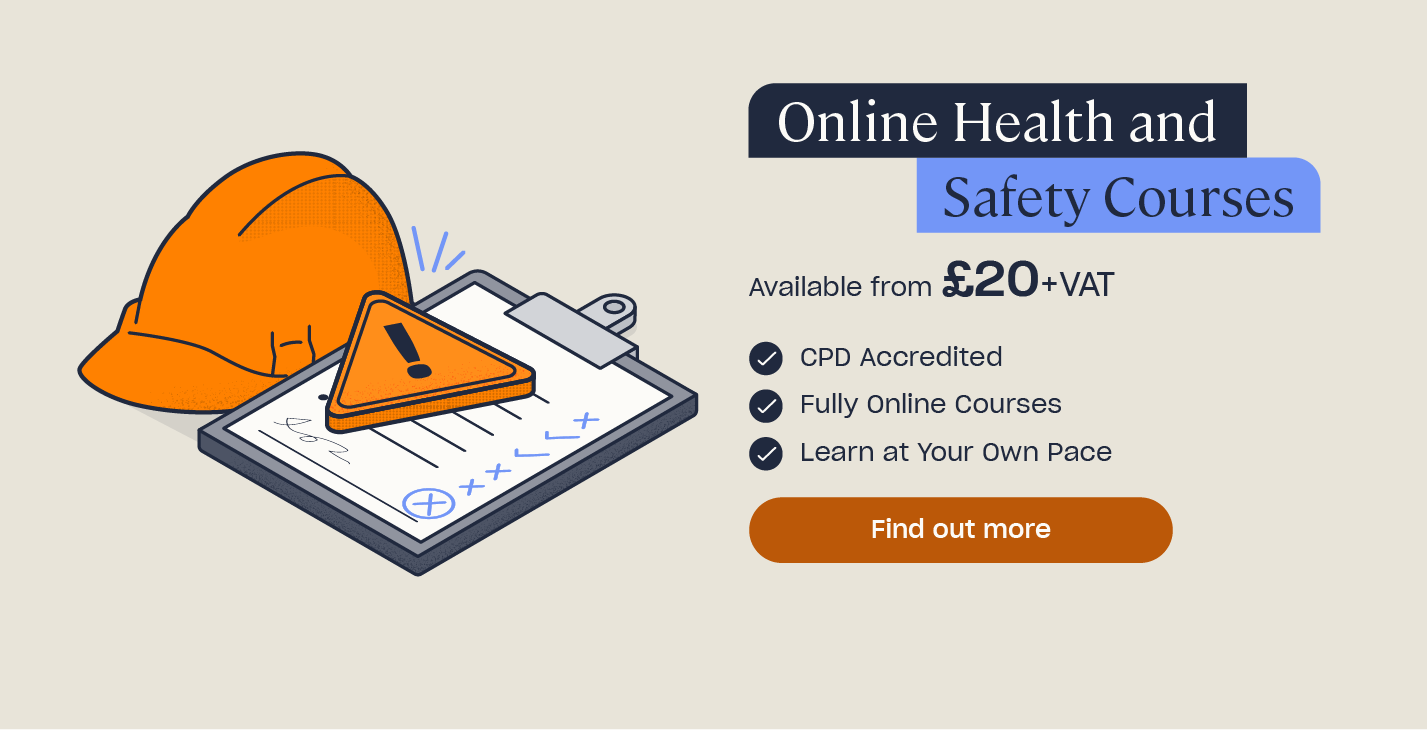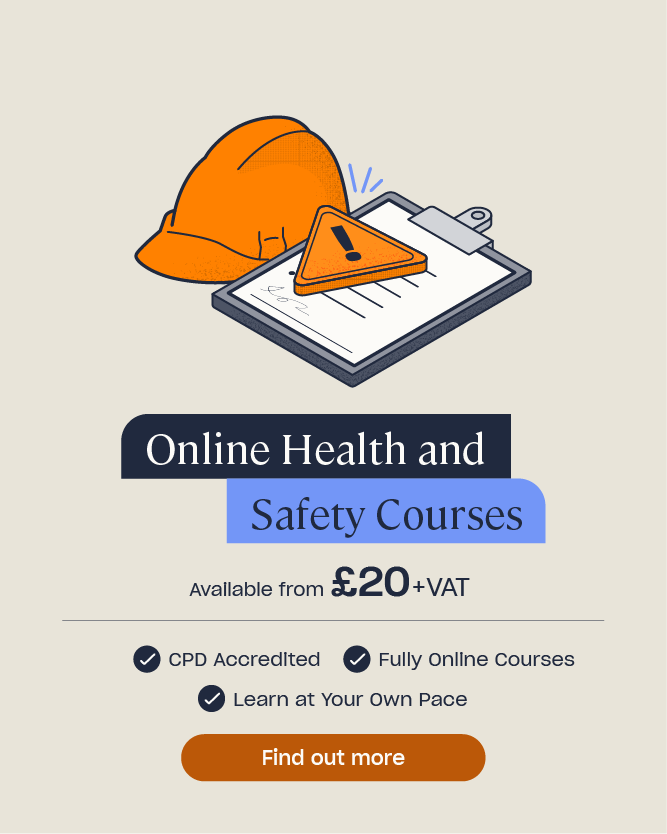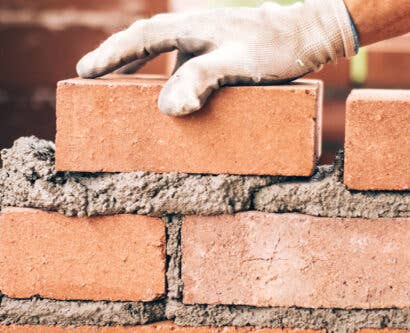Risk Assessment at Work: Free Template
A risk assessment is an essential part of preventing your employees and anyone else in the vicinity of your work activities, from coming to harm. Every work activity and workplace poses a variety of different hazards, such as hazardous substances, manual handling or slips and trips, and it’s essential that these are assessed and managed correctly to prevent accidents and maintain high standards of safety.
In this article, we will explain what a risk assessment is and why it is so important. We will also provide a step-by-step guide on how to conduct a risk assessment, as well as a downloadable template you can use when carrying out the risk assessment process.
What is a Risk Assessment at Work?
A risk assessment at work is a process for identifying, assessing and controlling health and safety risks caused by hazards within the workplace.
Employers have a legal responsibility to ensure that a risk assessment is undertaken and enforced, either by themselves or another competent person, for all work activities where the risk is more than negligible.

A hazard is something that has the potential to cause harm to an individual, whether an injury or ill health, such as hazardous or dangerous substances, a slippery floor, exposed electrical wiring or working at height, whereas a risk is the likelihood of harm occurring combined with the potential severity of the harm caused by the hazards. If you would like more information, we have an article on the differences between hazards and risks.
Risk assessments must include the presence of hazards and the risks they pose. Once these are identified, appropriate control measures will then be determined. These controls must be adhered to throughout any work covered by the risk assessment to maintain safety standards.
Why Are Risk Assessments Important?
Conducting a risk assessment is crucial to ensuring the continued and ongoing safety of employees and others who may be affected by your work activities. Completing risk assessments helps to:
- Recognise any hazards and risks within the workplace.
- Proactively put measures in place to address any hazards or risks.
- Prevent and minimise the likelihood of accidents.
- Reduce the consequences of accidents if they do occur.
- Promote a positive safety culture within the workplace.
- Demonstrate the employer’s commitment to prioritising safety.
- Protect the employees and the organisation from harm and financial loss.
Overall, risk assessments generate greater awareness of risks and injuries among employees, which, in turn, leads to fewer injuries and accidents occurring. Employers have a legal responsibility to ensure that the employees carrying out the work activity are made aware of the results of the risk assessment, and are appropriately trained and provided with the necessary information to carry out their duties safely and in line with the risk assessment. This allows employees to proactively protect themselves and their colleagues from harm.
Need a Course?
We have a catalogue of Health and Safety courses for both large and small businesses that can help you stay safe in your workplace. Such as our Asbestos Awareness course, our Manual Handling course or our Health and Safety Training for Managers course.
How to Do a Risk Assessment
As previously mentioned, the risk assessment must be carried out by a competent person or a team of competent people. A competent person is someone with the required skills, knowledge, experience and training to effectively assess the risks of the work activity and enforce suitable controls to manage them. This will likely be a manager or supervisor, with support from external specialists where necessary.

As someone carrying out the risk assessment process, you must know when to carry one out and the steps involved in conducting one effectively. A risk assessment should be completed before any work involving potential hazards is started or when there are significant changes to the work. The five steps of the risk assessment process are outlined below:
- Identify the hazards arising from the work being undertaken.
This involves examining the work activity and environment and what hazards these may pose, including considerations such as the location and environment of these tasks and the equipment or materials that will be used. As part of this step, it’s important to involve the employees carrying out the work activities, as they can provide key insights on the hazards associated with their role. - Decide who might be harmed by the identified hazards and how.
Once the hazards have been identified, the next step is to consider who may be at risk of being harmed by them. Most often, this will be employees, but it may also include members of the public, contractors and any other people visiting the workplace. - Evaluate the risks arising from the hazards and decide on the control measures needed.
This step involves considering and assessing the likelihood and severity of harm resulting from the hazards found and what control measures are required to eliminate or reduce the risks to as low as is reasonably practicable. As part of step three, you should consider what control measures are already in place and what else can be done to eliminate or control the risks. Control measures should be considered in line with the hierarchy of control, which is a system used to support assessing and prioritising control measures. For more information on using the hierarchy of control, you should consider taking our Risk Assessment Course. - Record the significant findings and implement changes.
Legally, employers must record any findings from a risk assessment when they have five or more employees working for them. However, it is good practice to record any findings, even if there are less than five employees. The risk assessment must show that a proper check was made for all potential hazards, including considerations of anyone who may be affected and that the precautions implemented are reasonable. - Regularly review your assessment and update it if necessary.
The final step in a risk assessment is to ensure it is regularly reviewed and updated The risk assessment must be reviewed anytime there are significant changes, such as a change of location, a change of equipment, new staff members or there is any other reason to suspect that the risk assessment may no longer be valid. Where there are no changes, it is recommended that the risk assessment be reviewed at least once a year. However, depending on your work activities, this may need to be more frequent.
Risk Assessment Template
The following risk assessment template can be downloaded for you to use within your workplace. It’s important to note that for this to be as effective as possible in meeting your legal obligations, you will need to tailor this to the specific hazards and controls in your workplace and work activities.
We also have some other articles tailored to more specific roles, all including a free risk assessment template, such as our Bricklaying Risk Assessment, Workplace Pregnancy Risk Assessment, Beauty Salon Risk Assessment, Plumbing Risk Assessment and Cleaning Risk Assessment.
Understanding what a risk assessment at work is and why they are important, along with having an awareness of how to do a risk assessment and the steps involved in creating one, is a fundamental part of maintaining workplace safety. This knowledge, along with the risk assessment template provided, will help you to manage the hazards and risks associated with your work activities to create a safer workplace environment.
Further Resources:
- Health and Safety Courses
- What Should Be In A First Aid Kit?
- What are Safe Systems of Work?
- Office Health and Safety Quiz
- What is ISO 31000 – Risk Management?











